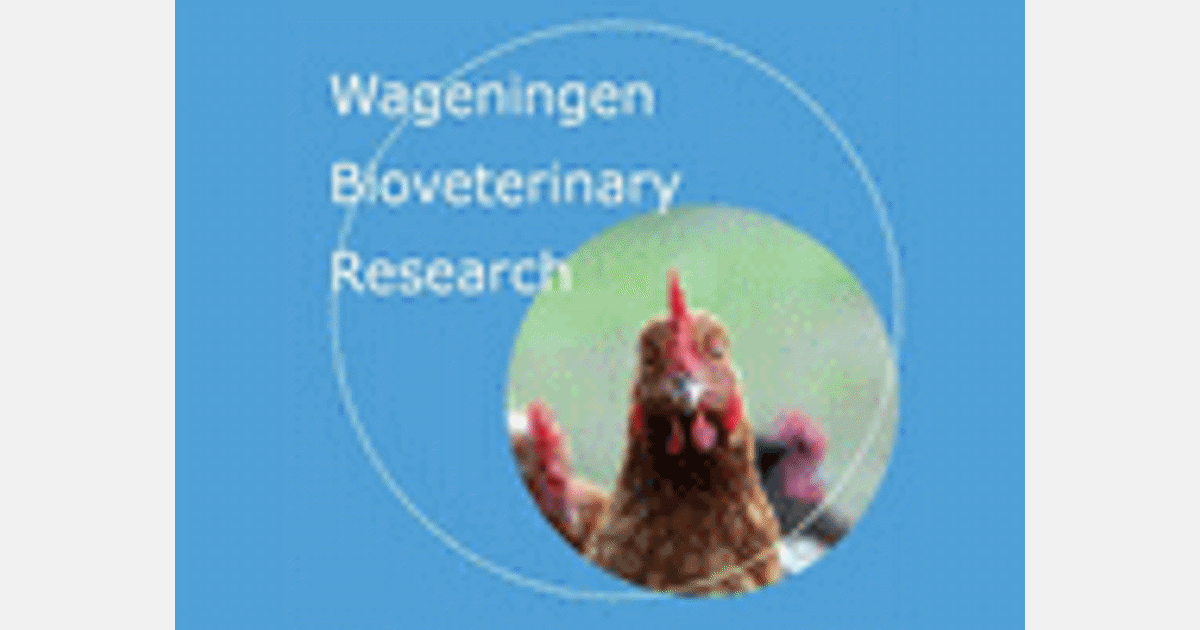Epidemiologists from Wageningen Bioveterinary Research (WBVR) have developed an improved method for estimating the moment of introduction of a bird flu virus on poultry farms. The method was developed in collaboration with colleagues from Utrecht University. The research was recently published in the Nature Publishing Group’s scientific journal Scientific Reports.
The method is part of the EpiTools toolbox and can be used in the control of notifiable animal diseases by the Ministry of Agriculture, Nature and Food Quality and the NVWA.
Identify source of infection
“Estimating the moment of introduction of highly pathogenic avian influenza (HPAI) or avian influenza is important for, among other things, trying to identify the source of infection (back tracing),” said epidemiologist Armin Elbers, project leader of this study. “In addition, it helps to compile a list (and to monitor clinically and diagnostically) that have been in contact with this company during the infectious period of the source company. This may limit further spread of the infection (forward tracing).”
Mortality data for poultry
This method uses, among other things, the mortality data of the poultry in the house in the period prior to the notification of a suspicious clinical situation. Finding out, securing and quickly obtaining the mortality data is therefore of great importance in order to estimate the moment of introduction as quickly as possible.
EpiTools toolbox
In addition to the module to estimate the moment of introduction of a virus on a livestock farm, the EpiTools toolbox contains four modules that help to gain insight into the development of the epidemic and thus provide tools to intervene with stronger measures if the epidemic does not appear to extinguish:
A (local) risk map showing the locations of more and less risky companies in different colors
The important transmission parameters such as the reproduction rate (infection rate) for the current epidemic
The expected size and duration of the current epidemic
The effect of different (intervention) scenarios
The EpiTools toolbox has been developed for outbreaks of bird flu, foot-and-mouth disease and classical swine fever.
Overestimation
Previously developed methods for estimating the moment of virus introduction on farms often overestimate the number of animals that can be infected by one sick animal within a certain period of time. This may result in the introduction time being estimated at a later date than in reality. In addition, these methods are also less suitable for estimating company-specific virus introduction times, due to the amount of data required.
Goals
This specific study focused on a good approach for estimating farm-specific virus introduction times, and to evaluate this approach by applying it to 11 outbreaks of High Pathogenic Avian Influenza (HPAI) subtype H5N8 on Dutch commercial poultry farms during the years 2014 and 2016. Two different approaches have been developed and evaluated. Thomas Hagenaars, senior mathematical modeller on the project team: “Application to field data showed that one of the two models is most commonly useful when data on disease-induced mortality is scarce. This approach was successfully applied to 8 of 11 HPAI H5N8 outbreaks. “
For more information: Armin Elbers
Source: WUR
–


